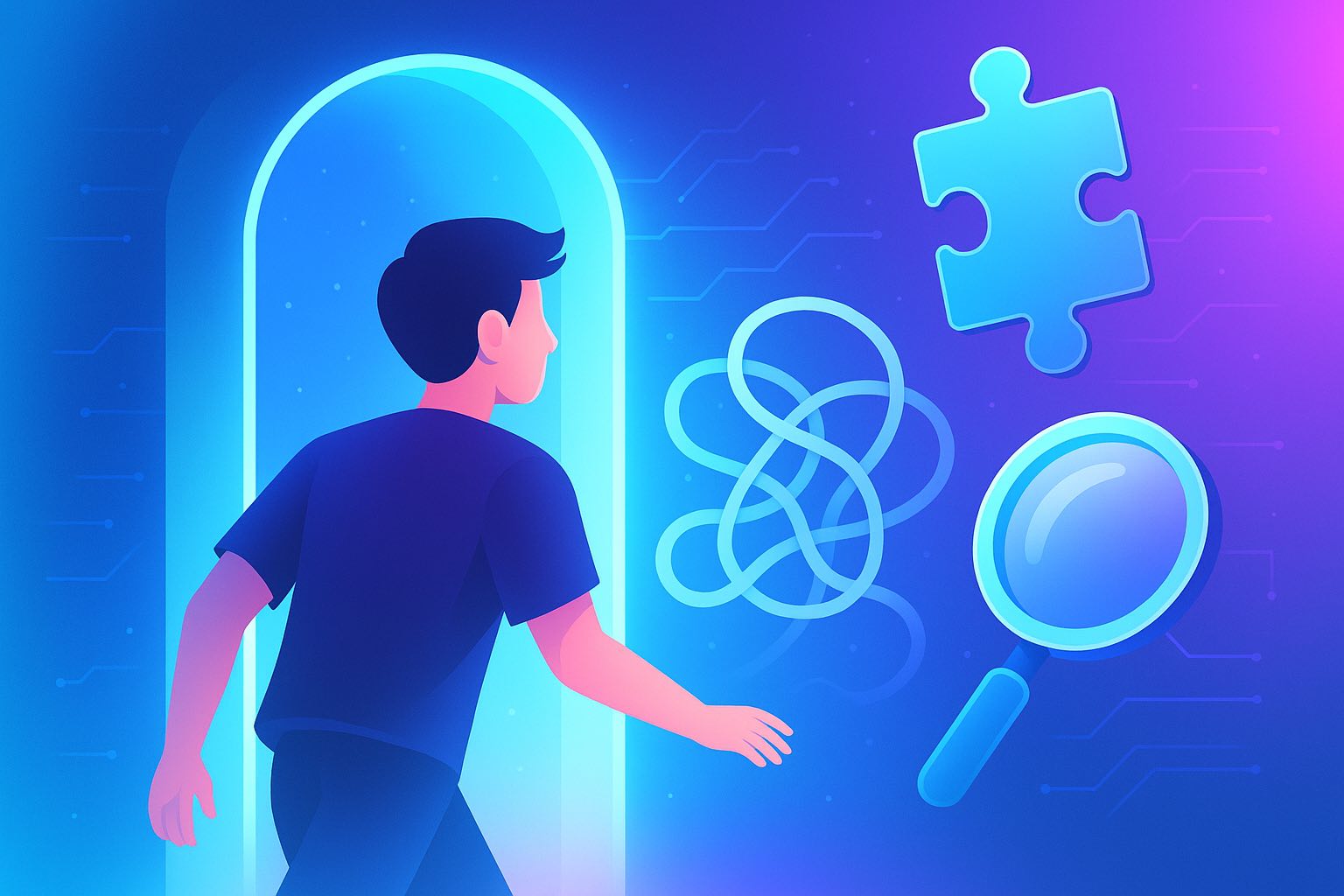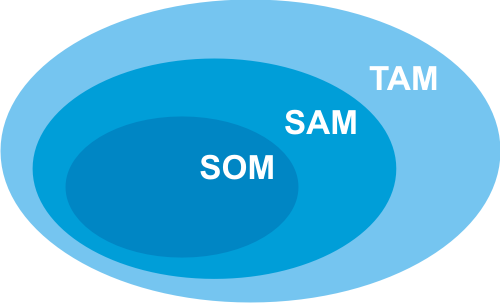Articles Description
When starting a business, especially at the idea stage, understanding who your customers are is crucial to developing a product or service that meets their needs. One of the most effective tools to achieve this is by creating customer personas. This article will guide you through the process of building accurate customer personas and explain why they are vital for your startup’s success.
What is a Customer Persona?
A customer persona is a semi-fictional representation of your ideal customer based on market research and real data about your existing customers. Personas help you understand your customers better and make it easier to tailor your marketing, product development, and customer support efforts to meet their specific needs.
Instead of guessing who your customers might be, personas provide concrete profiles that represent key segments of your target audience. By focusing on your most important customer segments, you can better align your startup's offerings with actual market needs.
Why Are Customer Personas Important?
Building accurate customer personas offers several advantages for startups, especially at the idea stage:
-
Improved Product Development: Understanding your customers' pain points and preferences helps you build products or services that solve real problems and deliver value.
-
Focused Marketing: Personas allow you to craft targeted marketing messages that speak directly to the needs and desires of your audience, increasing the chances of customer engagement and conversion.
-
Better Customer Experience: Knowing who your customers are enables you to personalize their experience, increasing satisfaction and loyalty.
-
Clearer Prioritization: Personas provide clarity when making decisions about features, pricing, and distribution channels by helping you focus on what’s important to your core audience.
Step-by-Step Guide to Building Customer Personas
Step 1: Conduct Customer Research
Begin by gathering as much information as possible about your target customers. At the idea stage, this may involve conducting customer interviews, surveys, or researching your competitors' customers. You can also use public data, forums, and online communities relevant to your industry.
Here are a few questions to consider during your research:
-
Demographics: What are their age, gender, occupation, income level, and location?
-
Behaviors: How do they interact with products or services like yours? Where do they shop? What channels do they use to communicate?
-
Challenges: What are their biggest pain points or challenges that your product could solve?
-
Motivations: What drives their purchasing decisions? Are they price-sensitive, quality-focused, or convenience-seeking?
Step 2: Identify Patterns
Once you’ve gathered your data, look for patterns or common characteristics among your potential customers. These patterns will help you segment your audience into distinct groups. For example, if you’re launching an online education platform, you might find that your potential customers fall into categories such as:
-
Working professionals looking for career advancement.
-
College students seeking supplemental knowledge.
-
Parents looking for educational tools for their children.
These distinct segments can form the foundation for creating multiple personas that each represent a different user group.
Step 3: Create Your Persona Profiles
Now, create detailed persona profiles for each customer segment. Each persona should include the following elements:
-
Name: Give your persona a fictional name (e.g., "Career-Driven Charlie").
-
Demographic Information: Age, gender, education, job title, and income level.
-
Background: A brief description of their lifestyle, work, and daily activities.
-
Goals: What are their primary goals and aspirations? For example, Charlie’s goal might be to "achieve career growth by gaining new skills in digital marketing."
-
Challenges: Identify their specific pain points. What is preventing them from reaching their goals?
-
Behaviors: How do they typically search for solutions? Where do they spend time online? Are they more likely to use social media or search for professional development courses directly?
-
Values and Fears: What do they value most in a solution? What are their fears or concerns about purchasing or using new products or services?
Example Persona: Career-Driven Charlie
-
Age: 35
-
Occupation: Marketing Manager
-
Income: $70,000/year
-
Location: New York City
-
Goals: To learn advanced digital marketing strategies and gain a promotion within the next 12 months.
-
Challenges: Struggles to find affordable, high-quality courses that fit into a busy schedule.
-
Behaviors: Researches online courses through Google and reads reviews on LinkedIn. Prefers platforms with flexible, on-demand courses.
-
Values: High-quality content, access to expert instructors, affordability.
-
Fears: Concerned about wasting money on courses that don’t provide practical skills or career advancement.
Step 4: Test and Refine Your Personas
Personas are living documents and should evolve as you gather more data. Initially, test your personas by using them to guide your decisions on product features, marketing campaigns, and customer interactions. Track the effectiveness of these decisions and adjust your personas accordingly.
For instance, if you launch a marketing campaign targeting “Career-Driven Charlie” and notice low engagement, revisit the persona. Maybe Charlie values professional certifications more than you initially thought, or perhaps the price point is too high. Use this feedback to refine your persona and make it more accurate.
Using Customer Personas in Your Startup
Once you've built your customer personas, it's time to put them into action. Here’s how:
-
Product Development: Use personas to define features that align with customer needs. For instance, if “Career-Driven Charlie” values flexibility, your product should allow for on-demand access to lessons rather than fixed schedules.
-
Marketing Strategy: Craft personalized marketing messages and choose the right platforms to reach each persona. For Charlie, ads on LinkedIn or content about career development courses could resonate more than general social media posts.
-
Customer Support: Train your customer support team to understand and relate to each persona. Knowing their background, goals, and challenges allows for a more empathetic and efficient customer experience.
-
Business Decisions: When making strategic decisions—such as pricing, distribution, or partnerships—refer to your personas. If Charlie is price-sensitive, consider offering discounts or subscription plans.
Common Mistakes to Avoid
-
Creating Too Many Personas: Focus on 3-5 core personas that represent the largest and most valuable customer segments.
-
Relying Solely on Assumptions: Base your personas on real data and research, not just your intuition.
-
Ignoring Updates: As your startup evolves and your customer base grows, continue refining your personas to ensure they stay relevant.
Conclusion: Personas as a Roadmap to Success
Building accurate customer personas is not just a one-time task, but an ongoing process that evolves alongside your startup. By knowing your customers inside and out, you can develop products they need, market to them effectively, and build long-term relationships that contribute to the success of your business.
Start developing your personas today, and let them guide every decision you make as you build your startup. The better you understand your customers, the better equipped you are to serve them.
Key Takeaways:
-
Customer personas are critical tools for understanding your audience and building a product that fits their needs.
-
Use real data from interviews, surveys, and market research to create personas.
-
Refine your personas over time as you gather more feedback and insights.

 Madarek Article
Madarek Article

















